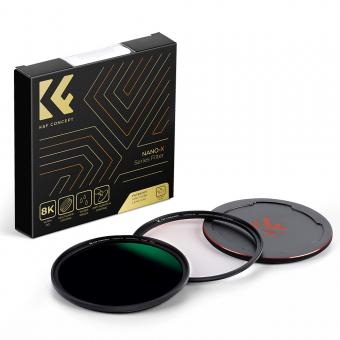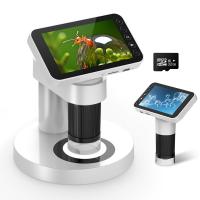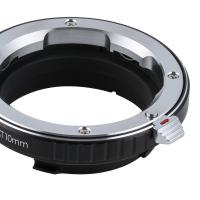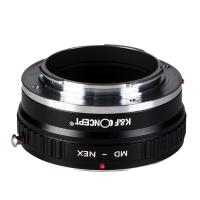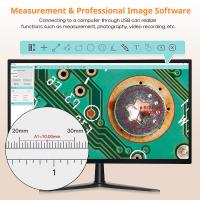Who Built The First Compound Microscope ?
The first compound microscope was built by Dutch spectacle maker Zacharias Janssen and his father Hans in the late 16th century.
1、 Early history of microscopy
The first compound microscope was built by Dutch spectacle maker Zacharias Janssen and his father Hans in the late 16th century. They used two convex lenses in a tube to magnify small objects, and their invention quickly gained popularity among scientists and scholars.
However, there is some debate over who exactly should be credited with the invention of the compound microscope. Some historians argue that the Italian scientist Giuseppe Campani may have independently developed a similar device around the same time as the Janssens, while others point to the work of Englishman Robert Hooke, who made significant improvements to the microscope in the mid-17th century.
Regardless of who can claim credit for the invention of the compound microscope, there is no denying its profound impact on the field of microscopy and scientific discovery as a whole. With the ability to magnify objects up to hundreds of times their original size, scientists were able to observe and study the microscopic world in unprecedented detail, leading to countless breakthroughs in fields ranging from biology to materials science.
Today, the compound microscope remains an essential tool for scientists and researchers around the world, and continues to be refined and improved upon with the latest technological advancements.
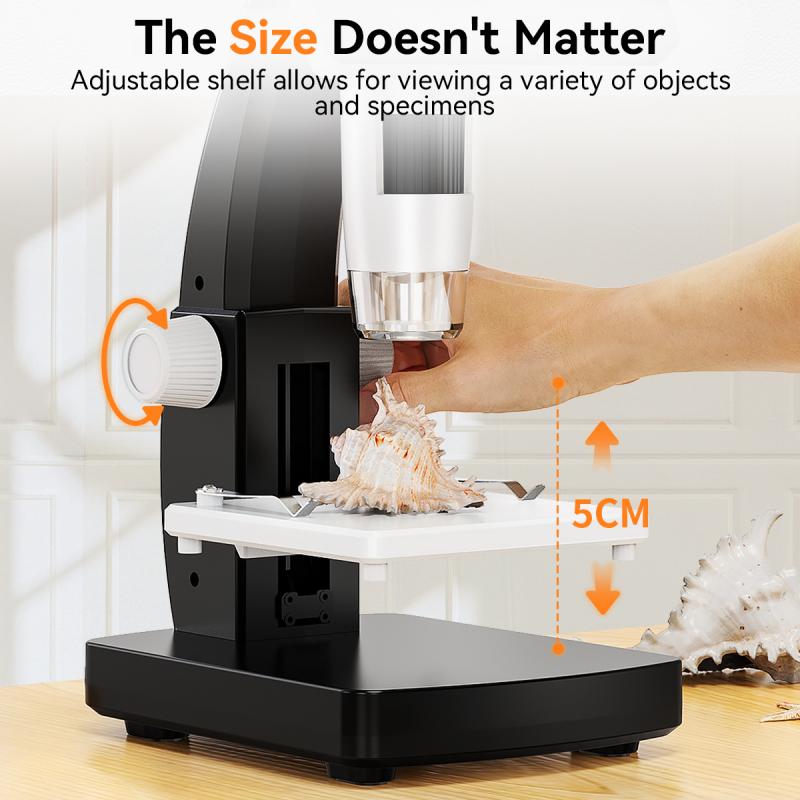
2、 Development of compound microscopes
The first compound microscope was built by Dutch spectacle maker Zacharias Janssen and his father Hans in the late 16th century. They used two convex lenses in a tube to magnify small objects. However, there is some debate over who actually invented the compound microscope, as some historians credit Dutch scientist Antonie van Leeuwenhoek with its development in the mid-17th century.
Regardless of who is credited with its invention, the compound microscope revolutionized the field of microscopy and allowed for the observation of microscopic organisms and structures. Over the centuries, the design and capabilities of compound microscopes have continued to evolve, with improvements in lens quality, illumination, and magnification.
Today, compound microscopes are used in a wide range of fields, including biology, medicine, materials science, and forensics. They are capable of magnifying objects up to 2000 times their original size and can reveal details as small as a few nanometers.
Recent advancements in technology have also led to the development of digital compound microscopes, which allow for real-time imaging and analysis of microscopic samples. These digital microscopes can capture high-resolution images and videos, making it easier to share and analyze data.
Overall, the development of compound microscopes has had a profound impact on scientific research and discovery, and continues to be an essential tool in many fields of study.
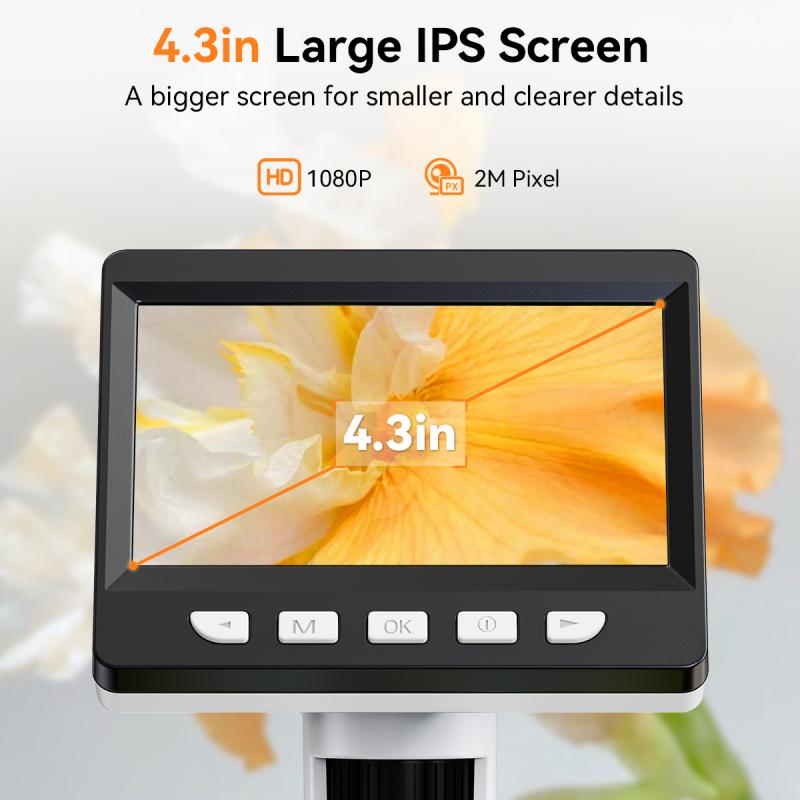
3、 Inventors and their contributions
The first compound microscope was built by Dutch spectacle maker Zacharias Janssen in the late 16th century. However, there is some debate over whether Janssen was the sole inventor or if he collaborated with his father, Hans Janssen, or his brother, Johannes Janssen. Regardless, the Janssen family is credited with the invention of the compound microscope.
The compound microscope revolutionized the field of microscopy by allowing for higher magnification and resolution than previous simple microscopes. It consisted of two lenses, an objective lens and an eyepiece, which worked together to magnify the specimen being observed.
While the Janssen family is widely recognized as the inventors of the compound microscope, there have been some recent challenges to this claim. In 2016, a team of researchers from the University of California, Los Angeles, discovered a document from 1619 that credited a Dutchman named Cornelis Drebbel with the invention of the compound microscope. However, this claim has not been widely accepted by the scientific community.
Regardless of who is credited with the invention, the compound microscope has had a profound impact on science and medicine. It has allowed scientists to observe and study the microscopic world in unprecedented detail, leading to countless discoveries and advancements in various fields.

4、 Improvements in lens technology
The first compound microscope was built by Dutch spectacle maker Zacharias Janssen in the late 16th century. However, there is some debate over who actually invented the compound microscope, as some historians credit Hans Lippershey or Cornelis Drebbel with its creation.
Regardless of who built the first compound microscope, it is clear that improvements in lens technology played a crucial role in its development. The compound microscope uses two lenses, an objective lens and an eyepiece, to magnify the image of a specimen. The quality of these lenses directly affects the clarity and magnification of the image.
Over time, advancements in lens technology have allowed for greater magnification and resolution in microscopes. The development of achromatic lenses in the 18th century reduced chromatic aberration, or the distortion of colors in the image. In the 19th century, the invention of the Abbe condenser and the use of immersion oil further improved the clarity and resolution of microscope images.
Today, modern microscopes use a variety of advanced technologies, such as fluorescence and confocal microscopy, to study specimens at the cellular and molecular level. These technologies have revolutionized fields such as biology, medicine, and materials science.
In conclusion, while the exact inventor of the compound microscope may be debated, it is clear that improvements in lens technology have played a crucial role in its development and the advancement of microscopy as a whole.












